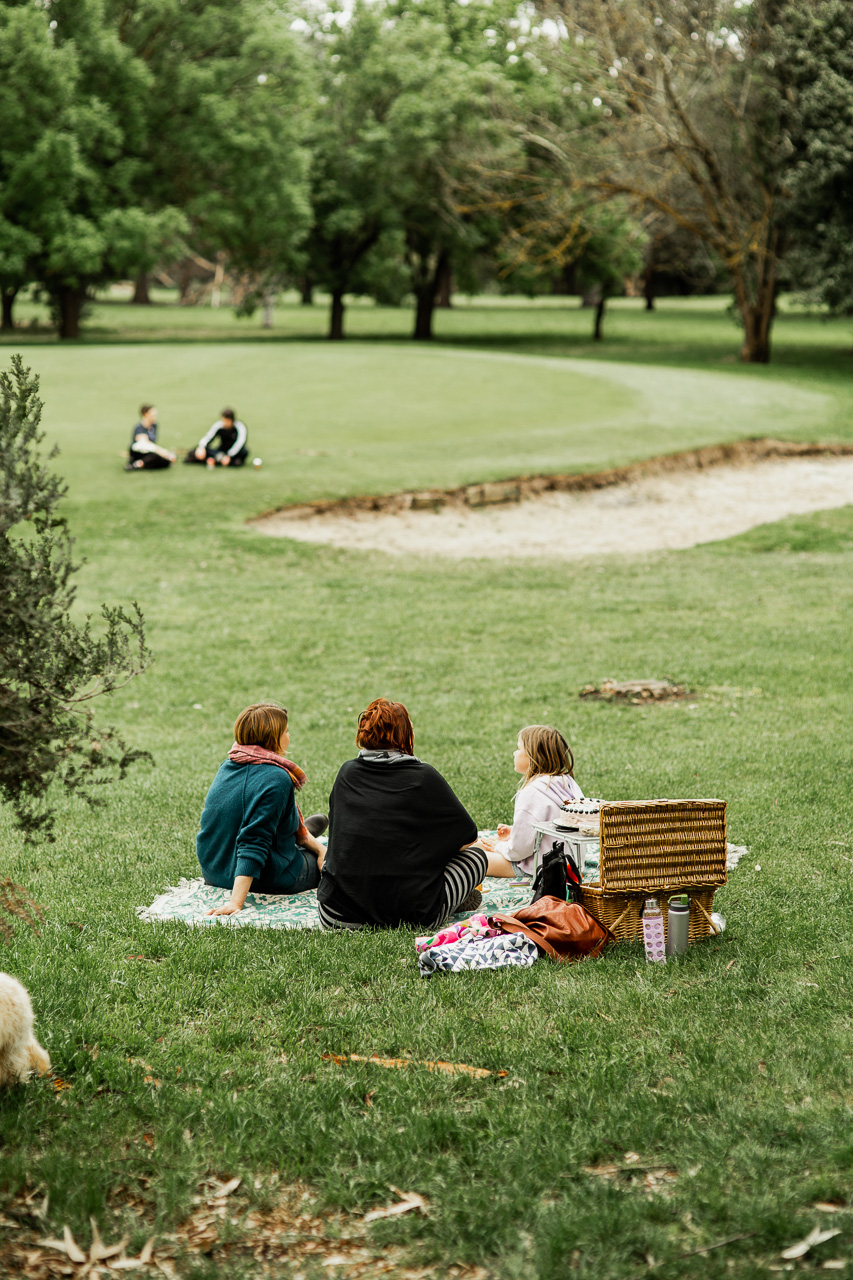It’s 1991. This is going to be my first real experience of golf. I’m on my way to a school holiday clinic at Elsternwick Golf Club, a south-east suburb of my home town Melbourne. I’m eight years old, and a bag of nerves. Walking in, it’s a feast for the senses. The shiny clubs scattered around the clubhouse gleam in the window light. There are golfers wandering around in funny shoes, laughing with each other in small, happy groups. We’re led through to the practice green where our coach is waiting, a friendly looking man with a crisp polo and generous smile. We’re given putters and putt around the green for a while, getting to know some of the basics of golf (get the ball in the hole — seems pretty simple), the terms for the different clubs and so on. We then head for the range to try out a full swing.
About ten minutes in, after a bit of experimentation, a moment of pure contact, just as the coach was walking past. “You’ve got a good swing there young man. Really good!” he said. I’m pretty chuffed. I was decent at sports, but not a stand out in anything in particular (and indeed would prove to not be a stand out at golf either). But something about swinging the club made sense to me — the idea of not ‘hitting’ the ball, but swinging right on through it. That clicked for me almost immediately. That amazing feeling of solid contact, of thrusting a small white orb up, up and up into the rich blue sky. I had just got that feeling within my first hour with a club in my hands, a feeling I would be addicted to for the rest of my life.
I must have shown some enthusiasm when I got home, because Mum mentioned that I could have her set of clubs if I wanted. “You have golf clubs?!” I asked incredulously. I had never heard of mum playing golf, and the thought that someone in my household had access to this amazing game and wasn’t doing it blew my tiny mind. “Yeah, they’re in the garage, I never use them.”
“I can have them?” I confirmed, dumbstruck. I sprang to my feet and ran out to the garage.
Our garage was cavernous — dark, dusty and guaranteed to be housing several deadly Australian spiders, which is why I’d normally avoid it. I scanned the room for the golf clubs. There! Right up the back. A glint of metal. I scrambled over the lawnmower, empty suitcases and boxes, clouds of dust entering the air as I went. Leaning against the wall, a sky blue bag with about ten clubs in it. I did a quick audit. Putter? Check. Irons? Yep, plenty. Woods? Oooh yes indeed. There was a beautiful 4-wood in there, which, as I brushed away the dust with my thumb, revealed a rich deep red wooden grain and the word ‘Taipan’ engraved into its metal soleplate. So cool! I hauled the clubs out of their resting place, through the dust cloud and out into the backyard. I started exploring the pockets on my new prized possession. Golf balls in this one — sweet. A bag of tees too — nice. And … what’s this?A redback spider crawls out and nearly catches my hand! A deep clean is required. Ten minutes later and the whole set looks, to my youthful eyes at least, as good as new.
The next morning I’m on the tram with my clubs gleaming, and the conductor gives me a wink. “Daily concession please,” I ask. “Off for a round of golf are ya matey?” he asks as he punches a hole my ticket. “Yeah,” I say sheepishly, butterflies in my stomach about the prospect of arriving at the course and playing a whole round. I don’t really know what to expect, but I’ve looked up the nearest golf course, Wattle Park, and have $20 in my pocket. That’s enough for an all day tram ticket, 9 holes at Wattle Park, and maybe a Kit Kat for the ride home. Does it get any better than this?

